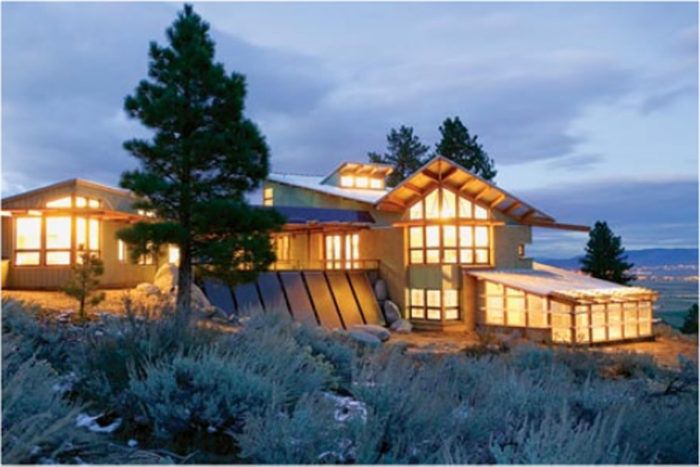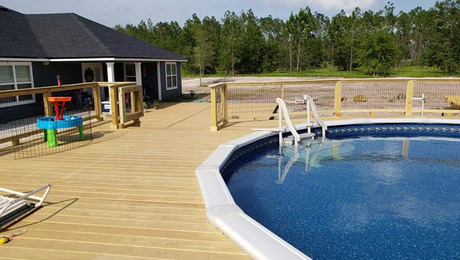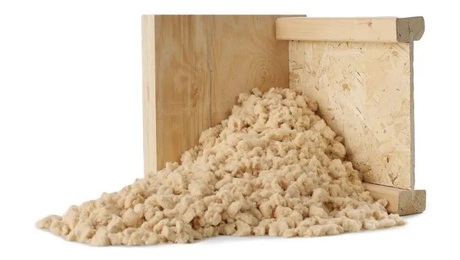What Does Green Really Mean?
Rising energy costs, climate change, and a new social conscience are complicating the way we build.

Synopsis: Green building is a wide-ranging, complex topic, and “green” is one of the key buzzwords in the building field today. Contributing editor Scott Gibson takes a look at the complicated definition of what building green means now. A big variety of local and regional programs make green building hard to standardize, but green has some key goals, including a tight building envelope, low energy consumption, minimal site disturbance, water conservation, solar orientation, water and energy efficiency, the use of recycled materials, and healthful indoor-air quality. Gibson also discusses the U.S. Green Building Council’s Leadership in Energy and Environmental Design (LEED) program, which requires third-party verification for a building to achieve green status. The article includes five case studies for houses in a variety of locations (such as urban, rural, mountain) and highlights the qualities that make each house green.
David Gottfried is putting his money where his mouth is. The Berkeley, Calif., building consultant and founder of the U.S. Green Building Council is downsizing, swapping his 2600-sq.-ft. house for one half its size. His two children will share a single bedroom with bunk beds.
He’s leaving behind a home office, playground equipment in the yard, and a dedicated guest room. Gottfried doesn’t view it as much of a sacrifice. Instead, it’s completely logical for someone who has been beating the drum for smaller, more energy-efficient houses that waste fewer resources and keep their owners healthy and comfortable.
That, basically, is what the green-building movement is about. And in an industry that is painfully slow to change, green building seems to be gaining momentum with surprising speed. By the end of 2007, the National Association of Home Builders (NAHB) expects that more than half its members will be calling themselves green builders.
A combination of public and private initiatives is part of the reason. “And beyond all that,” Gottfried says, “there’s the market.
“Consumers are starting to get interested, and the bigger picture encompasses climate change, overburdened landfills, increasing energy costs, water scarcity, and diminishing air quality. Connect all those dots, and you can see a huge potential, not just in the U.S. but globally.”
Just what is “green” building?
Dozens of local and regional programs across the country set minimum standards for winning a green label. NAHB has a set of voluntary guidelines, and the Green Building Council is in the process of rolling out a residential version of its successful program for commercial buildings. On the other hand, some states have no formal green-building initiatives, while others have allowed their green-building organizations to lapse.
Given this patchwork of sometimes conflicting guidelines, a “green” label has no single meaning. Still, several common themes run through most established programs:
• Site work that minimizes the environ mental impact of the house during and after construction.
• Energy efficiency.
• Water efficiency.
• Use of recycled materials and materials whose production can be sustained without harming people or the environment.
• Healthful indoor-air quality
Depending on the region’s climate and other local conditions, different programs might assign different values to each of these categories. Or they might weigh additional factors, such as a house’s proximity to public transportation or basic community services so that occupants don’t have to drive a car to work or to the grocery store.
For more photos and details on green building, click the View PDF button below.

























